Geert Lovink
Redesigning Social Networks for Life
This is the age of network extinction. Small is trivial. Notorious vagueness and non-commitment on the side of lazy members killed the once cute, postmodern construct of networks. Platforms did the rest. Decentralization may be the flavor of the day, but no one is talking about networks anymore as a solution for the social media mess. Before we get nostalgic and depressed, let's realize that we still have the technical and social tools and skills to make networks great again. Let's pick up the challenge. Twenty-first century social networks are hand-made, hardcore authentic, and post-personal. Next networks consist of a multitude of informal connections that each can grow into something unexpected. We don't need no profiles. The attractive part here is the sense of becoming; finally the unknown is possible again. This is why authorities will crack down on networks and label them as mafia, conspiracies, and subversive organizations. Against calculated risks, flat exchanges tend toward a nihilist point of politically correct robot speak.
Let's sign up for Team Human, as Douglas Rushkoff described the "all too human" qualities we need in the fight against discriminatory artificial intelligence, automated stupidity, and cruel decisions that the Internet of Things take to exclude and, ultimately, exterminate us. Watch out: every drone is a killer drone. Each camera connected to facial recognition software can and will be used against you. We live in the post-naïve era and will only beat the surveillance systems together, as interconnected organized networks. We will overcome the extractive, weak links of the platforms. Be proud of your partners-in-crime, real friendships, and other virtual bonds. After Covid-19 we understand even more how precious it is to come together. Be prepared, so that no one can take the Event away, as the next war will be one against life itself—and the social networks that really matter.
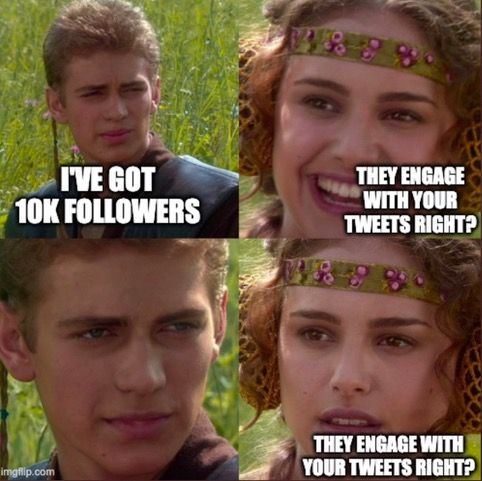
Meme and meme images selected by Geert Lovink
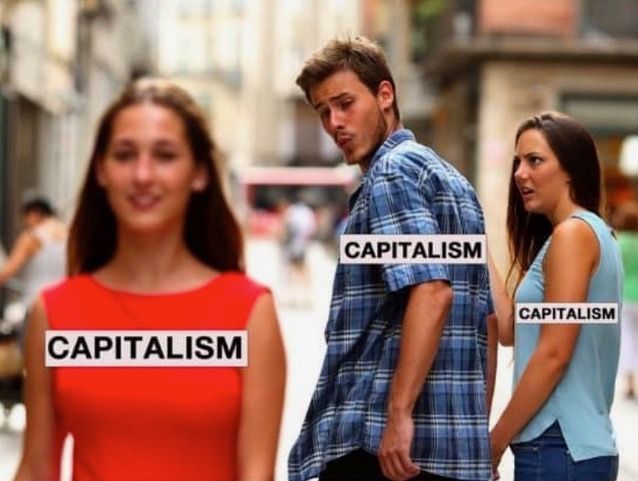
Meme and meme images selected by Geert Lovink
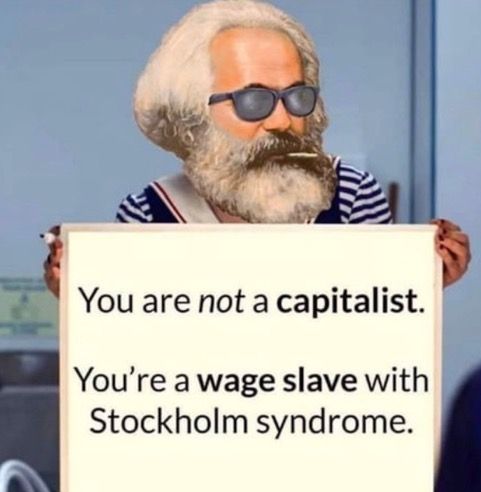
Meme and meme images selected by Geert Lovink
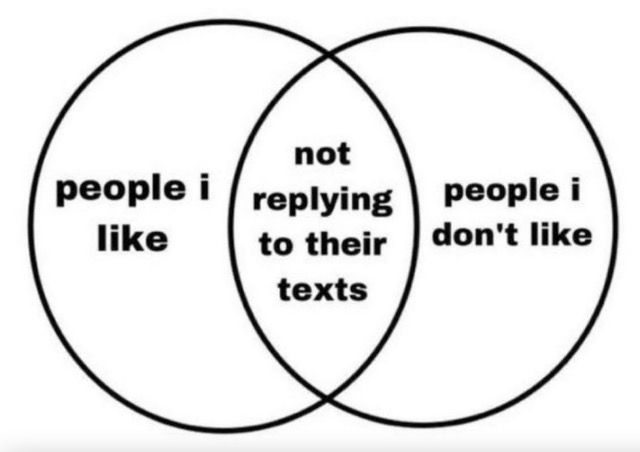
Meme and meme images selected by Geert Lovink
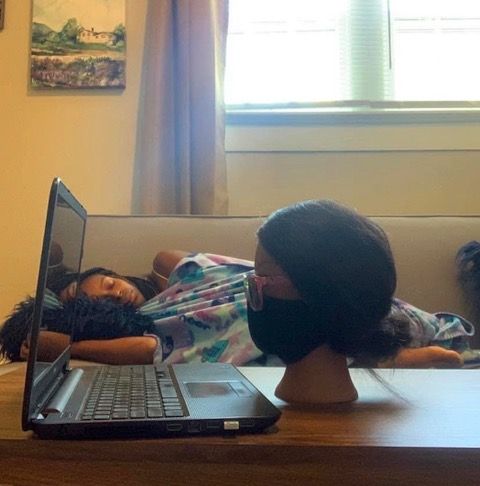
Meme and meme images selected by Geert Lovink